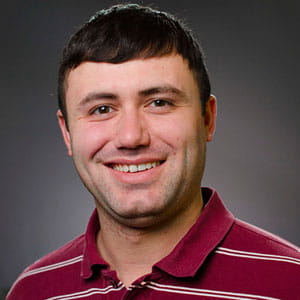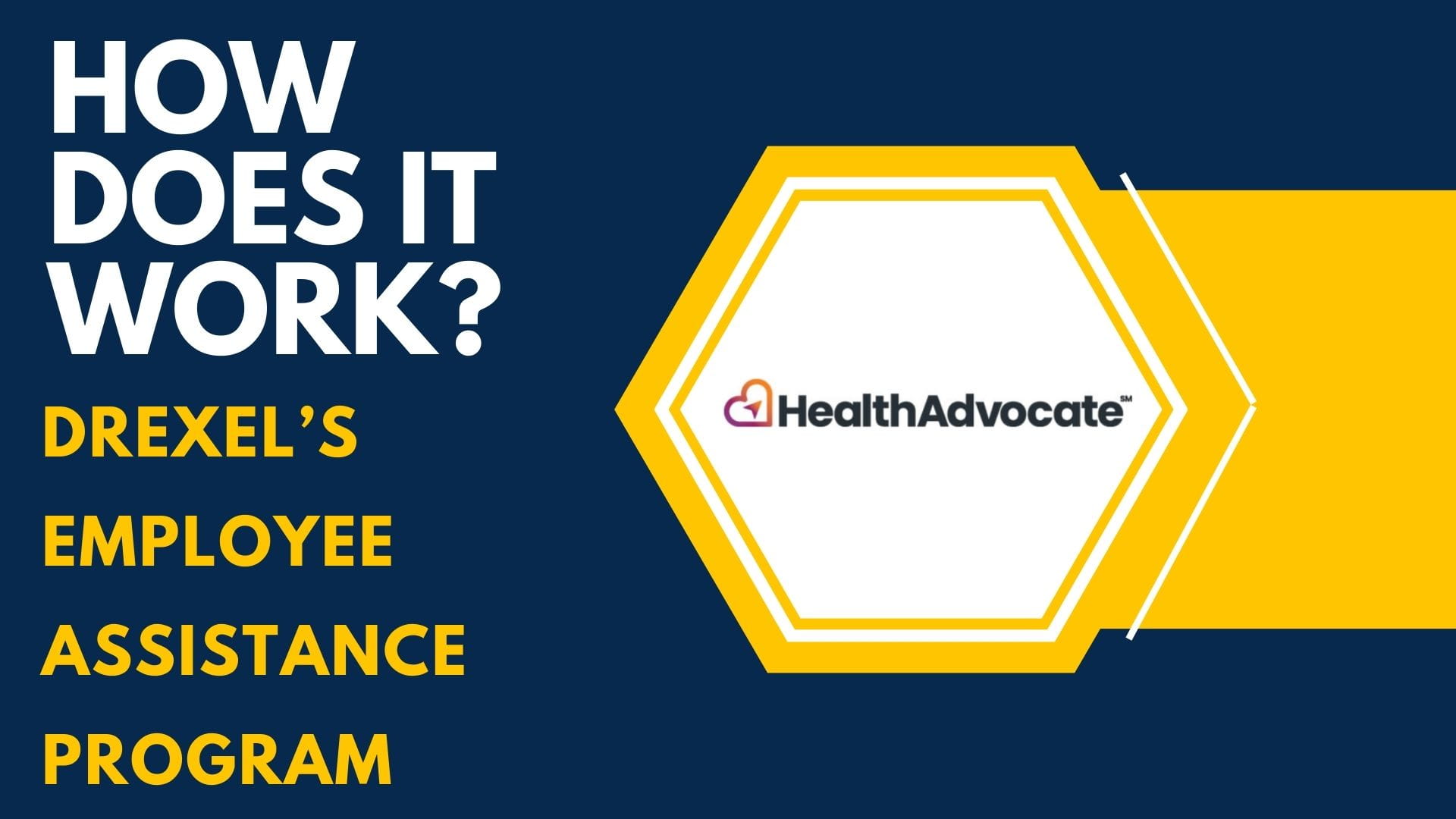A Q&A with the Lindy Institute's Harris Steinberg
 By Frank Otto
By Frank Otto
Inspiration for Harris Steinberg comes from a pretty well-known source: William Penn.
As the inaugural executive director of PennPraxis, the applied research arm of the University of Pennsylvania’s School of Design founded in 2002, Harris Steinberg became one of the people charged with laying down an official process for developing the city’s Delaware River waterfront.
In doing so, Steinberg drew on William Penn’s cityscaping process.
“We had a feeling that if you lead with defining the public realm, like William Penn did in 1682 by laying out a street grid and five public squares, whatever gets filled in the middle of the blocks doesn’t really matter,” Steinberg said. “But the streets, the walkways and public spaces you or I will use in perpetuity. Tiny little rowhouses exist on the same blocks as the Comcast Center.”
In that way, Steinberg helped set the path for property development along the Delaware River that will be followed for decades.
Beginning as the Lindy Institute’s leader in November, Steinberg is bringing that future-thinking, problem-solving mindset to Drexel. The Lindy Institute is Drexel’s hub for incubating and implementing community initiatives that further the “urban conversation.”
At root, the institute is centered on finding the means to an end, with that end being President John Fry’s vision of making Drexel “the most civically engaged university in the nation.”
Drexel Quarterly sat down with Steinberg to talk about what led him to Drexel and his desire to develop space in and around the University that will afford the campus continued growth and lift up the neighborhoods around it.
Q You came to Drexel in November but were at Penn before that. What did you accomplish there?
A I was at Penn for more than 12 years. I was the first executive director of PennPraxis, which was the applied research arm of the School of Design that was set up in the early 2000s, really to incentivize faculty and students to work on real-world projects in architecture, landscape architecture, city planning, historic preservation and fine arts.
It was a great time to be in that position because there was a strong commitment to civic engagement on the part of the administration there. John Fry was actually executive vice president at Penn at the time. There was tremendous interest in engagement with the real world, much like we have here at Drexel now. That was pretty radical. There had been a big change in the mid-90s when [then Penn president] Judy Rodin and John Fry developed the West Philadelphia Initiatives, which was a program to, on a broad base, engage with the local community and do what we’re doing now here at Drexel. But, then, it was sort of a test case at Penn.”
PennPraxis was born in that era. We had a tremendous run and made very strong connections with the William Penn Foundation, whose interests really coincided with our work. They were very much interested, in the mid-2000s, in reshaping city planning in Philadelphia because it had fallen into, essentially, a muscle that we weren’t using.
There was a lot of transactional planning, meaning that developers and lawyers and politicians determined what the face of the city looked like. For instance, casinos were being planned as economic development engines without any regard for their impact on neighborhood quality of life.
The Philadelphia City Planning Commission had fallen into a period where they lost the public’s trust, largely because of the transactional deal-making. As a result, PennPraxis and I were thought to be the last honest men standing in a city that really resembled Baltimore in “The Wire” at the time. It was eerily like Philadelphia.
A lot of us in the planning field felt that was the wrong way to go about designing cities. The William Penn Foundation agreed. So I was given the job to actually plan our Central Delaware River waterfront in 2006.
Q What did you do to make things happen “the right way?”
A I was given free reign to design a civic process to develop the waterfront, which we had failed to do in the previous 40 years in Philadelphia.
We were able to attract more than 4,000 people to more than 200 meetings to help create a plan that was based on civic values, not private interest.
It was a paradigm shift in Philadelphia, and we ran up against a lot of opposition, particularly some very powerful real estate developers and lawyers. But we were able to prevail because everything was done out in the open with public meetings. We created our own press vehicle, which was called PlanPhilly, all in the name of making sure that this was a public process, not conducted behind closed doors because the citizens were deeply embedded in helping tell us what was important to them.
And, little did we know, the next mayor would be Michael Nutter, who felt that this was very valuable. So we were then able to hand over a plan to a new administration that valued the process and was able to begin to implement it.
Q So what attracted you to Drexel?
A When there was the opportunity to come to Drexel and work with [Fry], whom I did work with at Penn many years ago, it was too good to pass up. The playbook John brought to Drexel that he had developed with many others at Penn, he had not only perfected it, but he was applying it exponentially. I mean, the scale of the vision here was extraordinary in terms of reshaping the city from the public planning, policy and public space aspect but also the equity and community engagement piece of it.
All of those pieces were very important to me and I really was excited to become a part of what John was doing at Drexel.
Q What do you want the Lindy Institute to be?
A It is a blank slate. John’s vision for the institute is a bully pulpit on urbanism for the University locally, nationally and globally.
Praxis was a consulting practice so we had to raise all of our funds each year on projects. Lindy will have a different business model, which we will be developing, but it’s not going to be solely based on projects. We will be able to do academic research, host symposia and possibly create academic programs such as urban planning and urban studies.
The Lindy Institute is going to be very much a platform for problem-solving on the local, national and global level across multiple disciplines.
I’m having lots of conversations with people across the University and we have tremendous potential. But, at the moment, it’s all kind of in the research and development phase. I’m hoping to start strategic planning for the institute in the fall.
Q You’re committed to keeping the institute’s scope quite broad, is that right?
A Exactly.
I think one of the beauties of Drexel — and it’s how I operate, too — is that we are very pragmatic and entrepreneurial. So we’ll see where the energy is and where the opportunities are.
And while we’re doing strategic planning for the institute, we’ll take advantage of opportunities such as working with the German Marshall Fund like we did in February around repurposing industrial infrastructure. We already have our first fellow of the institute, Kevin Gillen, who’s an expert in housing values who came over from Penn in January. He does his housing value reports out of the institute now, but he has also done some work with the Scattergood Foundation, which is a local foundation interested in behavioral health.
One of the great things about having lived my whole life in Philadelphia, and for the past 12 years at PennPraxis helping to shape the future of the city, is that I have many deep relationships here. By moving only two blocks north, that all comes with me. I didn’t leave any of that behind.
Q How are you and the Lindy Institute linked to the Innovation Neighborhood?
A Of all of Drexel’s urban projects, the Innovation Neighborhood is probably going to be the most transformative in the short-term.
We’re going to be creating a new neighborhood between the train station and the campus that’s going to combine academic, residential, research, innovation entrepreneurism and place-making in a way where we have the ability to really break new ground. John and his team are very interested in making sure this is an authentic place — it’s not just cut-and-paste urbanism the way you see in other places around the world.
So we’re involved in trying to figure out what that means, what’s uniquely Philadelphia and how you, whole-cloth, create places that are authentic.
But what’s the right mix of public space and commercial types of tenants that will allow it to organically grow over time in a way that will be a unique gateway not only to University City but to Drexel?
It’s a really exciting, core project to be working on through the Lindy Institute.
Q If someone has an idea that might be a right fit for the Lindy Institute, how can they share that information?
A Just come talk to me. [Laughs]
Q That follows the institute’s “blank slate” philosophy, doesn’t it?
Yes. I’m having lots of conversations with people and I think the more I get to know where the areas of interest are in the University, the more I can make connections. I’ve been having lots of meetings and coffees and lunches. The more I can stay connected and learn who’s out there and would like to be part of this larger urban conversation, the better. Just send me an email. I’m pretty accessible.
Steinberg can be reached at hms88@drexel.edu.
This story first appealed in Drexel Quarterly.
In This Article
Drexel News is produced by
University Marketing and Communications.
